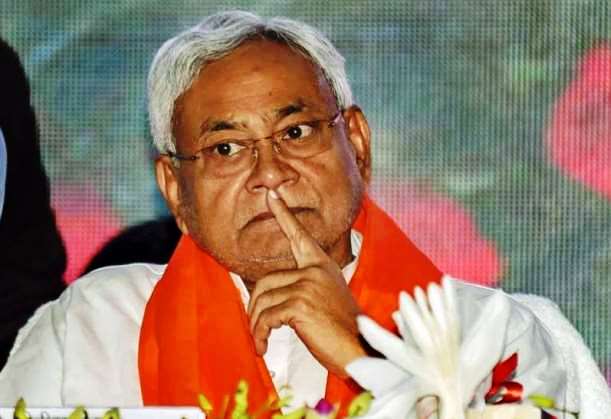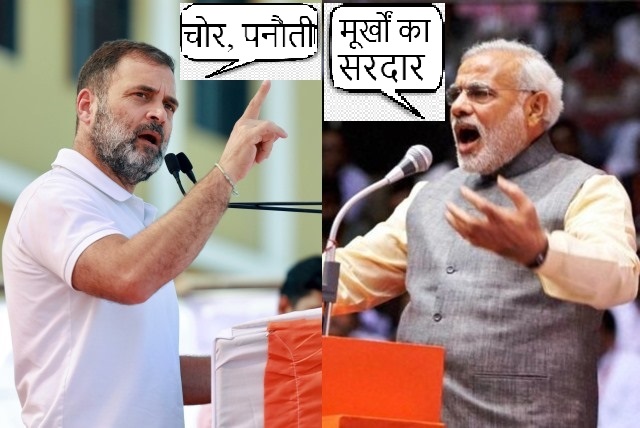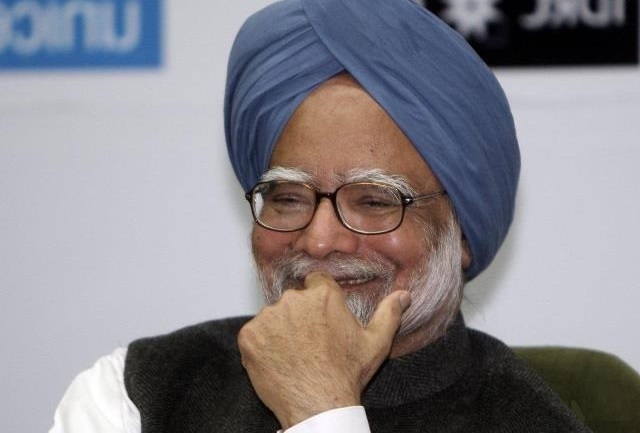When things turn darkly cynical, seek solace in humour. In Indian politics that’s a truism. When early rumours swirled last week that Nitish Kumar, the veteran Bihar politician, chief minister of that state, and the main mover behind the Indian National Developmental Inclusive Alliance (I.N.D.I.A.), last summer’s alliance of more than two dozen Indian opposition parties, was likely to jump ship and ally instead with the ruling Bharatiya Janata Party (BJP) once again, a colleague reminded me that many have named him “Paltu” Kumar, which roughly translated could mean “Flip-flop” Kumar, a reference to the series of switches in allegiance that have marked the 72-year-old political career.
Last Saturday, Kumar, who has been the longest serving chief minister, resigned from the post (he will stay on as caretaker chief minister till a new government is formed) and announced that he was joining the National Democratic Alliance (NDA), the BJP-led alliance, headed by Prime Minister Narendra Modi that is in power at the Centre.
The “Flip-flop” nickname fits Kumar well. In his political career, which he began in the 1970s as a student socialist leader, has changed his political alliances so many times that it can be easy to lose count of those changes. Here’s a recap of his political moves through the years (make of them what you will):
In 1996, Kumar left the Janata Dal and formed the Samata Party with the late George Fernandes, and allied with the BJP-led NDA. In 2003, he merged the Samata Party with the Janata Dal (United), or JD(U), and continued to be part of the NDA.
Then, in 2013, he broke away from the NDA over the BJP’s decision to project Narendra Modi as its prime ministerial candidate, and joined the United Progressive Alliance (UPA), led by the Congress. But barely four years later, in 2017, he again switched sides and rejoined the NDA, after breaking the Grand Alliance that his party had forged with the Bihar regional party, Rashtriya Janata Dal (RJD) and the Congress, over corruption charges against his then deputy, Tejashwi Yadav.
Then, in 2022, Kumar resigned as chief minister and removed his party from the NDA, announcing that his party had rejoined the Grand Alliance, and would form a governing coalition with the RJD and the Congress. And two years later, last weekend, he resigned and joined the NDA once again. Yes, phew!
During all these hop-on, hop-off activities, one thing has remained constant: with the exception of a year, Kumar has remained chief minister of his state for the past nearly 20 years. Kumar has always defended his moves as being motivated by what is good for the people of Bihar and the good of the state. And as well as being known for his frequent changes of political loyalties he is also known for his development-oriented policies and governance in Bihar, which remains among the poorest and most economically backward states of India. And the fact that voters have in election after election, chosen to repose their faith in Kumar is indication of both his popularity and approval as the state’s chief minister.
There is, however, another consequence of Kumar’s latest move to hop aboard the alliance headed by Modi, an erstwhile arch political rival of his. After all, in 2013, when the BJP projected Modi as the NDA’s prime ministerial candidate, it was the reason why Kumar decided to exit the alliance. And, last summer, Kumar was the main political leader behind the formation of I.N.D.I.A., whose raison d’etre or reason for being was to ensure that Modi and the BJP do not win the 2024 parliamentary elections, which will be held in a few months.
That possibility, already quite unlikely, will now be dealt another blow as one of I.N.D.I.A.’s most prominent members doesn’t just quit the alliance but joins its main foe. In June 2023, it was Kumar who convened a meeting of 16 opposition parties in Patna, the capital of Bihar, to propose a new political front to challenge the ruling NDA government led by the BJP in the 2024 general elections. The alliance was formally created in July 2023 in Bengaluru, where 10 more parties joined the group and adopted the name I.N.D.I.A. The alliance currently has 26 parties, including two national and 24 regional parties, and accounts for 142 seats in the Lok Sabha and 98 seats in the Rajya Sabha.
I.N.D.I.A. is led by the Congress party, with that party’s president, Mallikarjun Kharge, as the chairperson but besides the departure of Kumar, the alliance faces other problems. Many of the alliance’s constituents disagree over several issues. Originally, I.N.D.I.A. had hoped to reach a consensus and put up one candidate to fight the BJP or its allies’ nominees in each of India’s parliamentary constituencies. It had also been expected to reach a consensus on fielding a prime ministerial candidate to take on Modi. None of these appears to have happened.
Seat-sharing has been an especially sore point. The Trinamool Congress leader and West Bengal chief minister Mamata Banerjee recently said that her party would fight the elections independently and not back a consensus candidate; and even before he quit the alliance, Kumar’s supporters have been demanding that he be projected as the prime ministerial candidate. Then there have been schisms and rifts elsewhere: the Aam Aadmi Party (AAP) and the Congress have been sparring over seat sharing in states such as Punjab, Delhi and Haryana. And in Kerala, the Congress and the CPI(M), traditional adversaries in the state, are unlikely to agree on a common candidates’ list.
On the other side, Kumar’s crossover to the NDA will strengthen the alliance’s prospects, particularly in Bihar where there are 40 parliamentary seats. As of now, after the 2019 elections, the BJP has 17 of those seats, while Kumar’s JD (U) has 16, the Lok Janshakti Party has 6, the Grand Alliance 1 and the Congress 1. With Kumar aligning with the BJP, the NDA’s increased heft in the state is obvious.
Whatever motivates Mr Flip-Flop to keep switching sides, his latest manoeuvre further bolsters the near certainty of a third term for Prime Minister Narendra Modi.
For more details visit us: https://lokmarg.com/


